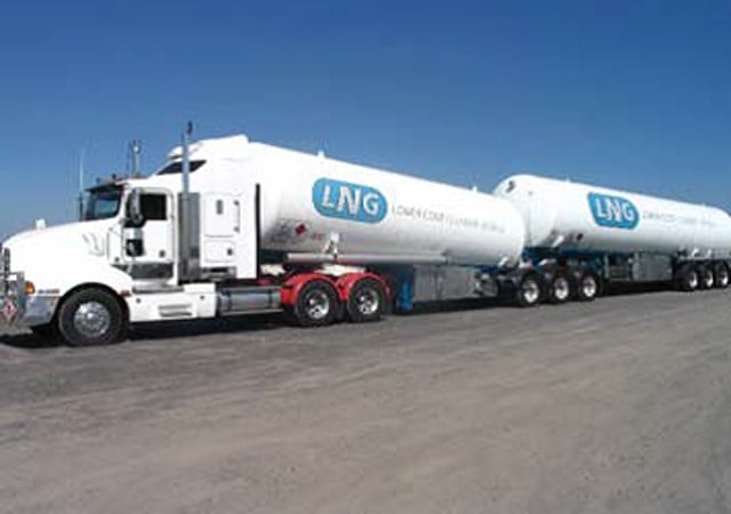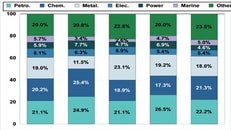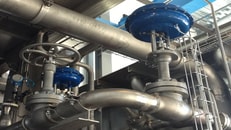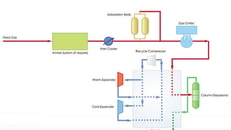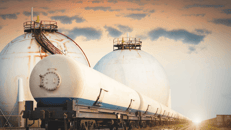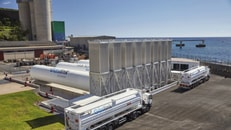CNG and LNG Move to the Head of the Class
One of the hallmarks of western civilization is the increasingly efficient use of energy. For energy to be useable it must be transportable; very rarely is a source of energy and a use of energy found at the same location. Energy is typically transportable in three ways — it can be carried in wires as electricity, carried as a solid, liquid, or gas on a transport, or it can be transported as a liquid or a gas in a pipeline.
The more concentrated the energy is, the easier it is to carry and to transport. On a per gallon basis, diesel fuel contains the most energy, and pure liquid hydrogen the least.
An important measure of the suitability of a fuel is the energy required to produce the fuel. Commonly known as EROEI (Energy Returned Over Energy Invested), this is the measure of the overall economics of a fuel. The more energy required to produce a fuel, the less the overall efficiency is. For example, 100 years ago about one gallon of oil was required to extract and refine 100 gallons of oil. Now, oil is a bit harder to find and producers have to drill deeper, frac rock, use horizontal drilling techniques, etc. This takes more input energy and today it takes about 13 to 15 gallons of oil to find, produce, and refine the same 100 gallons of oil. Those 13-15 gallons represent resources lost in the process of “harvesting” the oil we get to keep.
... to continue reading you must be subscribed

